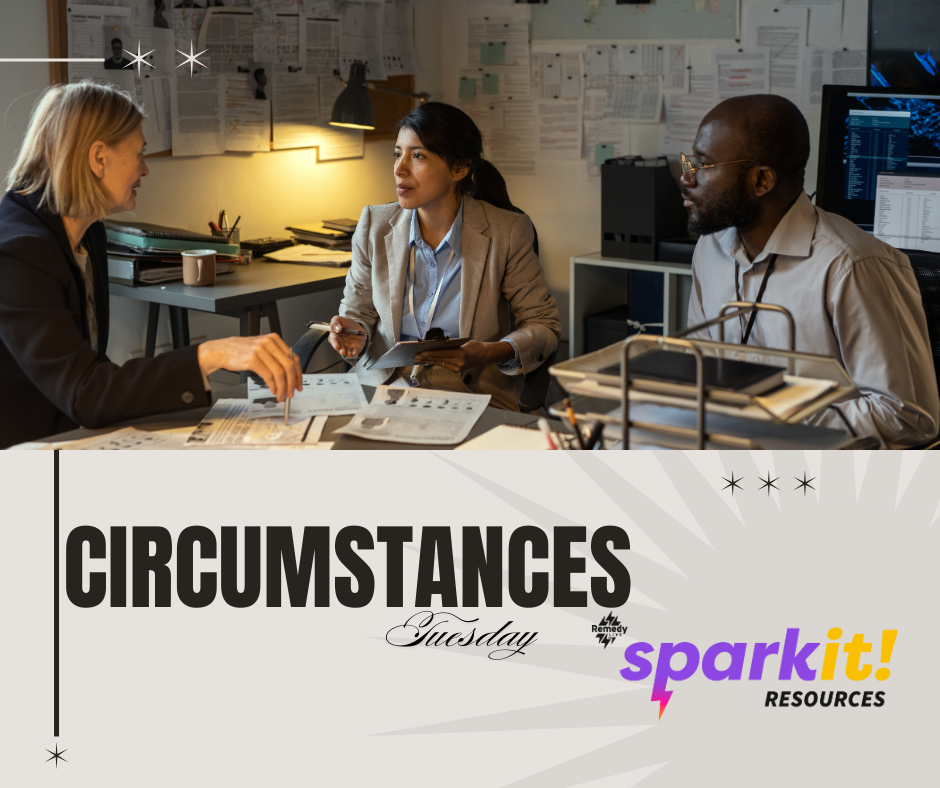Holding Space
“Holding space” - what does that mean? If you follow any counselors or therapists on social media, then you’ve probably heard this term used and described. What is the space being held for? How do you even hold space? Hopefully we can clear that up for you and more because knowing how to hold space may be one of the most important skills you can have in your pocket for when things go south.
Therapists generally agree that to hold space for someone means to be completely present for someone, putting your focus on them to support them while they feel their emotions. There is no emphasis on problem solving or “fixing” in holding space. It is more about “being with” than anything else. If you’ve ever experienced good therapy, then you’ll know the value that can be found in having a safe space where you feel comfortable communicating whatever it is that you need, think, or feel. That space is created and “held” by someone, usually the therapist. But this is also an important skill for friends, parents, caretakers, medical professionals, and many others to learn.
So how does one go about holding space? It doesn’t usually come naturally. Most of us have a bent to want to “do things” so choosing to “be with” instead can feel strange and awkward at first. Here are a few pointers you can take with you to help put holding space into practice.
Practice active listening. Instead of letting your mind jump ahead to how you’ll respond to something being said, let yourself sink deeper into listening and get to the core of what this person is trying to tell you. What is their body language saying? What is their tone of voice saying? You can repeat things back to ensure that you are hearing them correctly. Practice this by saying, “It sounds like you are saying that you feel stuck. You can’t keep going like this but you don’t know if there’s another way. Is that right?” Many times just having our thoughts and feelings reflected back to us can be profoundly comforting. It tells us we are seen and that we matter (House, 2021).
Don’t center things around yourself. The temptation in conversation is often to relate to somebody by finding what you have in common but this isn’t helpful when it comes to holding space. Instead, keep your own experiences to yourself. This needs to be all about the other person. You refocus the energy to yourself when bringing your own thoughts and feelings to the table (House, 2021).
And lastly, affirm that you believe what the person you are supporting tells you. You can even practice holding space for yourself as you get good at this by looking at your own feelings and thoughts without any judgment. Holding space is a skill that will never go out of use, and something we all need throughout any difficult circumstance in life.
Reference: House, M. (2021). What “holding space” for others really means + how to do it. Mind Body Green Mindfulness. Retrieved from https://www.mindbodygreen.com/articles/holding-space.
Challenges/Points:
“Holding Space” is a term used to describe being physically, mentally, and emotionally present for someone who is processing their feelings.
When someone holds space for you, the result is that you feel safe communicating whatever you are thinking, feeling, or needing in that moment.
To hold space for someone effectively means to practice active listening, don’t talk about your own thoughts or feelings, and tell the other person that you believe them and are there for them.
Questions:
Want to dive deeper into todays topic? Participate in this short questionnaire!
To talk more about this or something else on your mind text the number 494949 to chat with our team or visit RemedyLIVE.com/chat anytime, day or night.
Did someone send you this post, and you want to subscribe to our free self care guide? Text CARE to 494949 to receive daily posts.

